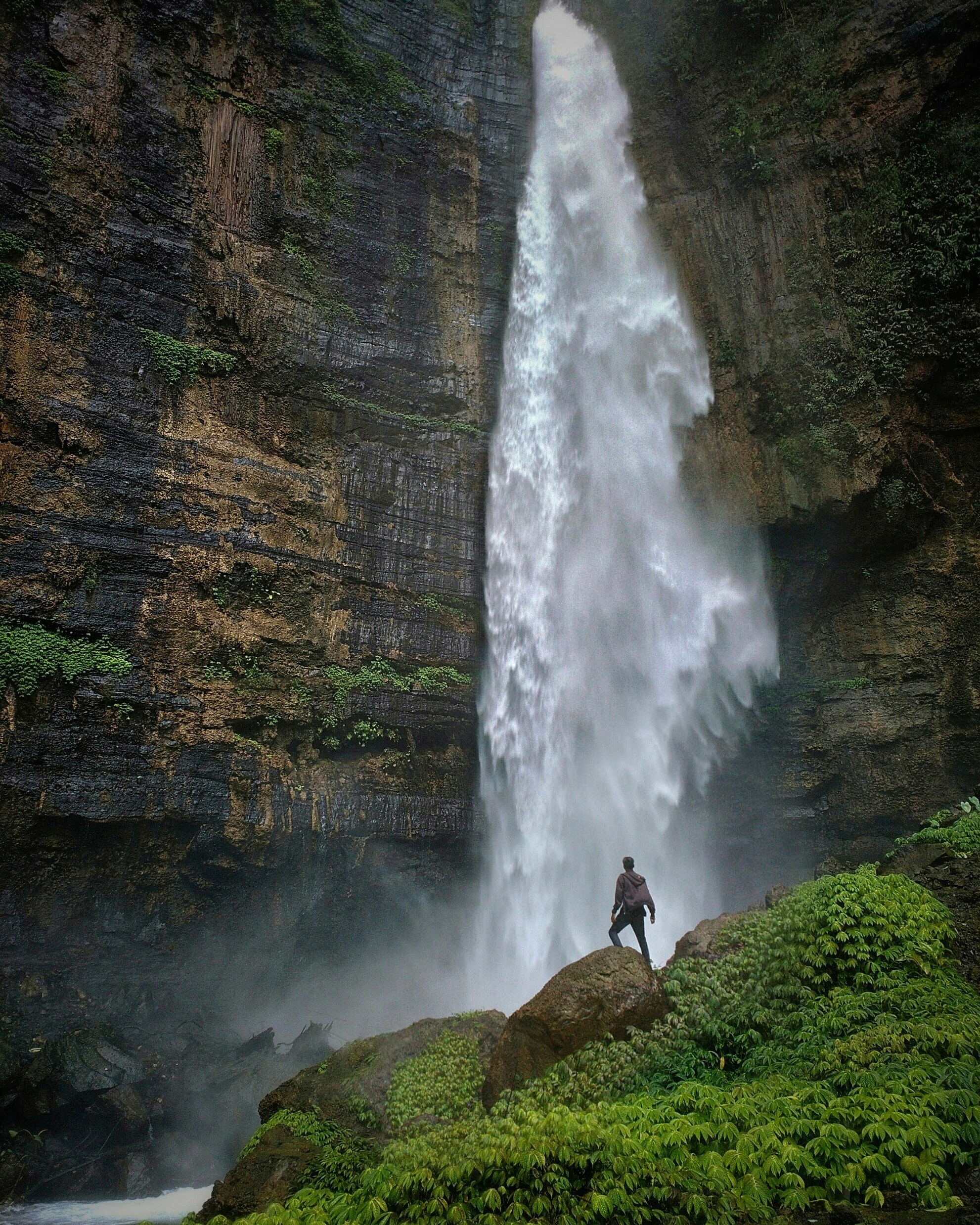Blade Runner
 Blade Runner is a US science fiction movie, directed by Ridley Scott, premiered in 1982 and based loosely on Philip K. Dick’s novel: Do androids dream of electric sheep? (1968).
Blade Runner is a US science fiction movie, directed by Ridley Scott, premiered in 1982 and based loosely on Philip K. Dick’s novel: Do androids dream of electric sheep? (1968).
It has become a science fiction classic with two Academy Award nominations. It is a favourite among cinema lovers and academics and quickly earned cult status.
The cast: Harrison Ford, Rutger Hauer, Sean Young, Edward James Olmos, M. Emmet Walsh, Daryl Hannah, William Sanderson, Brion James, Joe Turkel and Joanna Cassidy. Main designer Syd Mead; score composed by Vangelis.
Plot: The movie takes place in Los Angeles, November 2019. The film describes a future in which ’beings’ produced through genetic engineering — called replicants — are used to carry out dangerous jobs or are slaves for colonies far from planet Earth. These replicants are manufactured by the Tyrell Corporation to be ‘more human than human’ — especially the ‘Nexus-6’ models which resemble humans physically. They have greater strength and agility, but lack emotions and empathy. Replicants were banned from planet Earth after a bloody mutiny. A special police force — the Blade Runners — was created to hunt down and kill (or ‘retire’ as they say in the film) runaway replicants residing on Earth. When a particularly brutal and skilled group of replicants that wreaks havoc in Los Angeles is detected, Deckard (Harrison Ford) reluctantly agrees to use ‘the old Blade Runner magic’.
The Film’s interest:
Blade Runner has been widely acclaimed as a modern classic because of the way it addresses themes and issues relevant to the 21st century, and for its special effects. It has been praised as one of the most influential films of all time, because its originality serves as a visual post-modern landmark, through its vivid depiction of a decadent future. It raises critical themes such as religion, philosophy and the ethical questions around genetic engineering, all within the context of a classic Greek drama.
It criticizes the unbridled power of trans-national corporations, the ubiquity of a police state’s power over individuals, the idea of genetic programming, environmental control, and the creation and treatment of animals as mere objects. This mythical film can be summed up in the last words of the replicant: “Where do we come from, where are we going?”
According to sociologist David Lyon, “the setting in Blade Runner is that of urban decadence: abandoned buildings which were once majestic (interpreted by postmodern theorists as symbols of a fallen modernity), crammed, cosmopolitan streets, never-ending street markets, trash that has not been picked up and a constant grey drizzle. […] Without a doubt, progress is in ruins. […] Greek and Roman pillars, Chinese dragons and Egyptian pyramids melt with enormous Coca-Cola and Pan Am neon signs. […] The main picture is that of decadence, of breakup and of a chaotic mixture of styles. What makes Blade Runner post-modern? […] For one, ‘reality’ itself is disputed. The replicants want to be real people, but the test of reality is a photographic image, a created identity. This is a way of looking at post-modernity: a debate on reality. The world of sound scientific data and a history with purpose is a legacy from the European Enlightenment. Is it nothing more than a yearning?” (LYON, D., Postmodernity, cit., p. 12-13).
This film was preserved in the United States National Film Registry in 1993 and is frequently used in university lectures. Its lines and soundtrack have made it the most cited film of the 20th Century. The last sentence uttered by the replicant Roy Batty before he dies is a key moment:
I’ve seen things you people wouldn’t believe. Attack ships on fire off the shoulder of Orion. I’ve watched c-beams glitter in the dark near the Tannhäuser Gate. All those moments will be lost in time, like tears in rain. Time to die.
If any images used in this article are in violation of a copyright, please get in touch with [email protected] as soon as possible. Appropriate action will be taken.

What do you think?